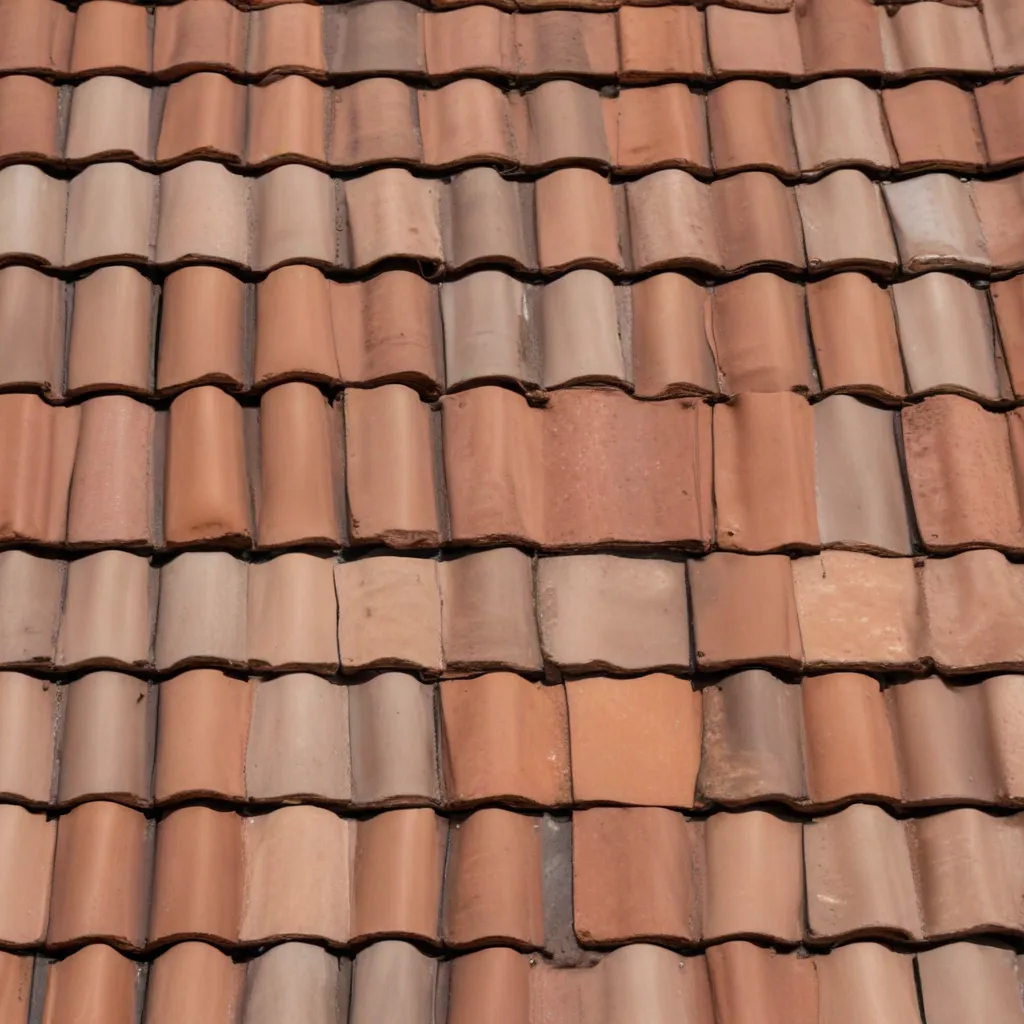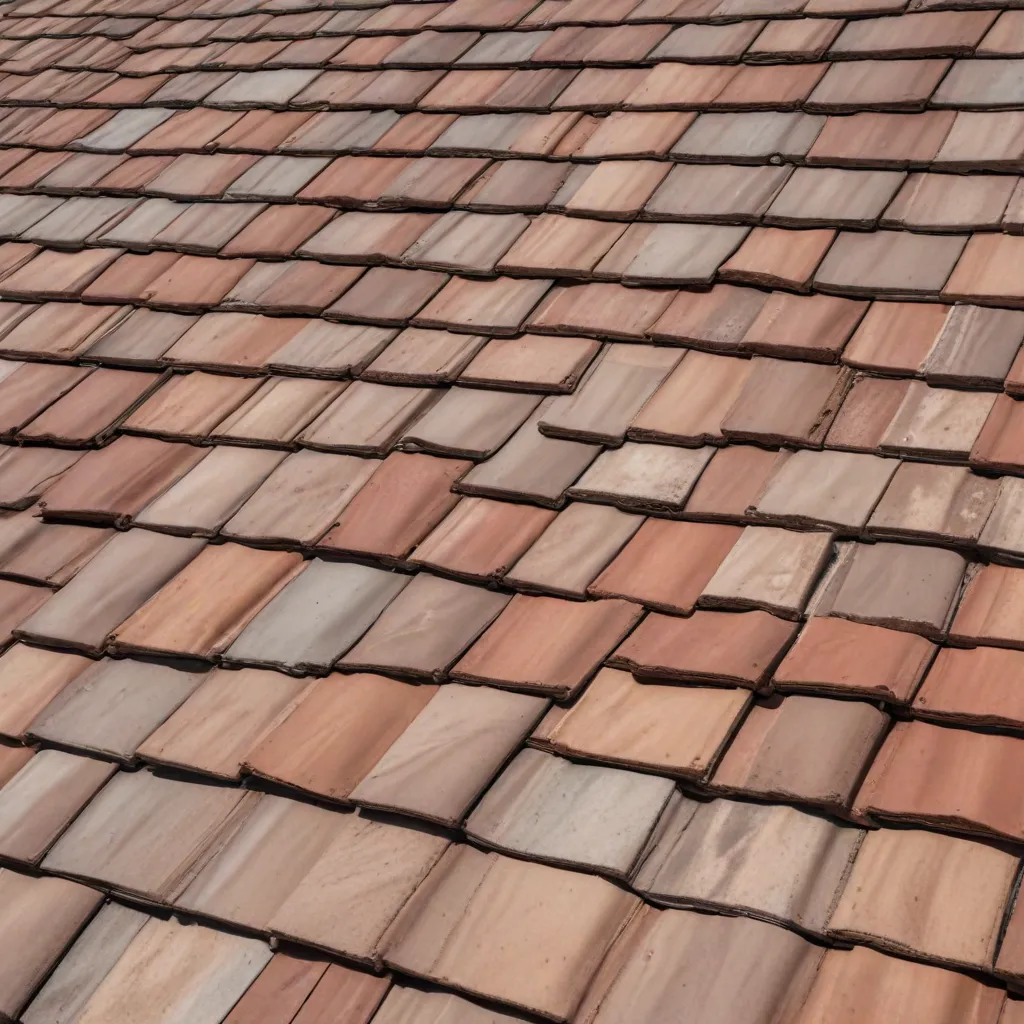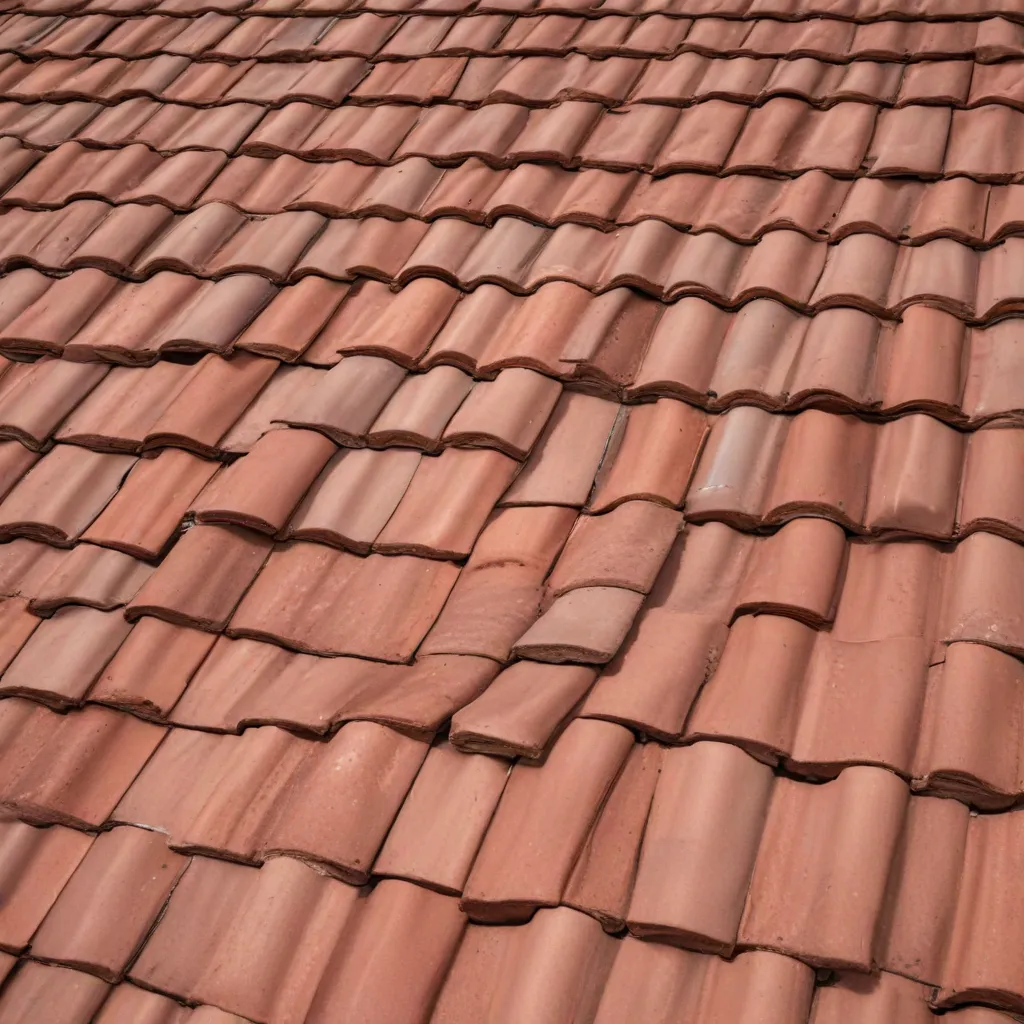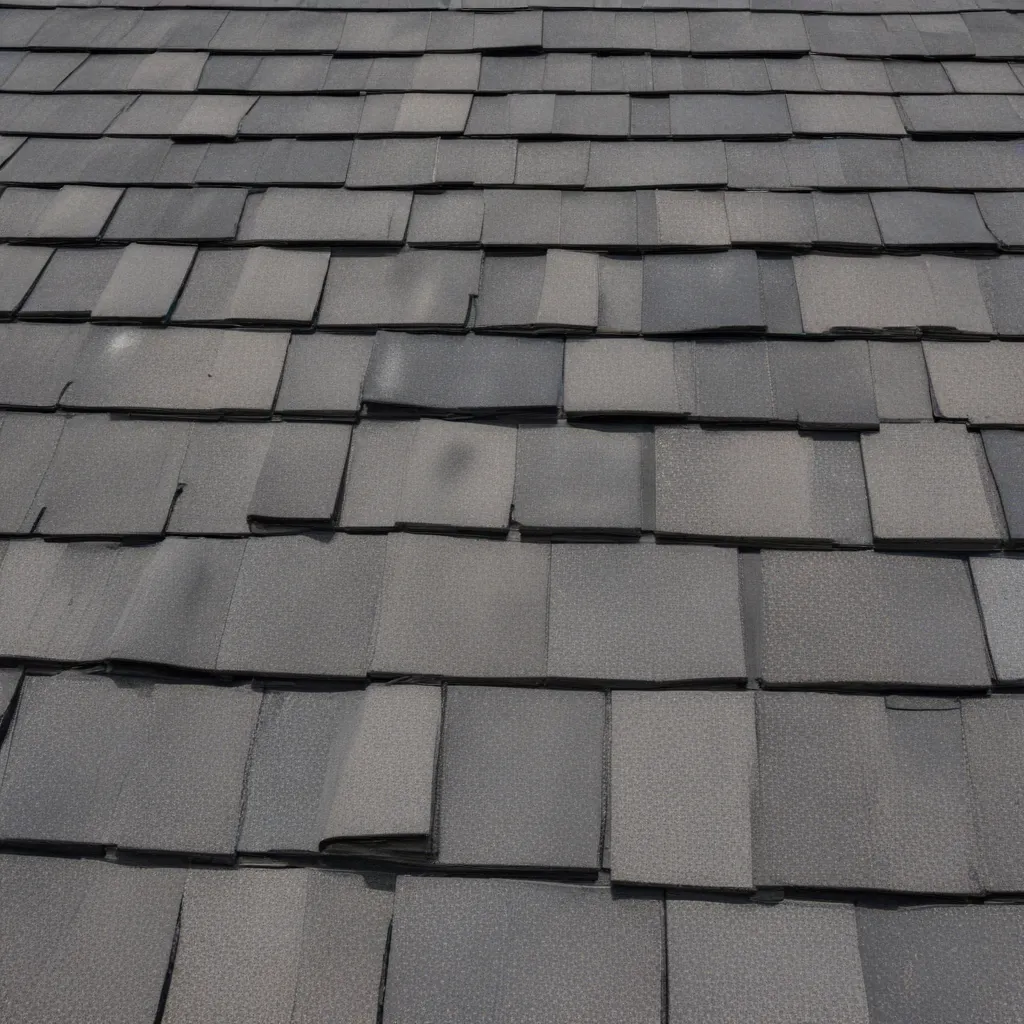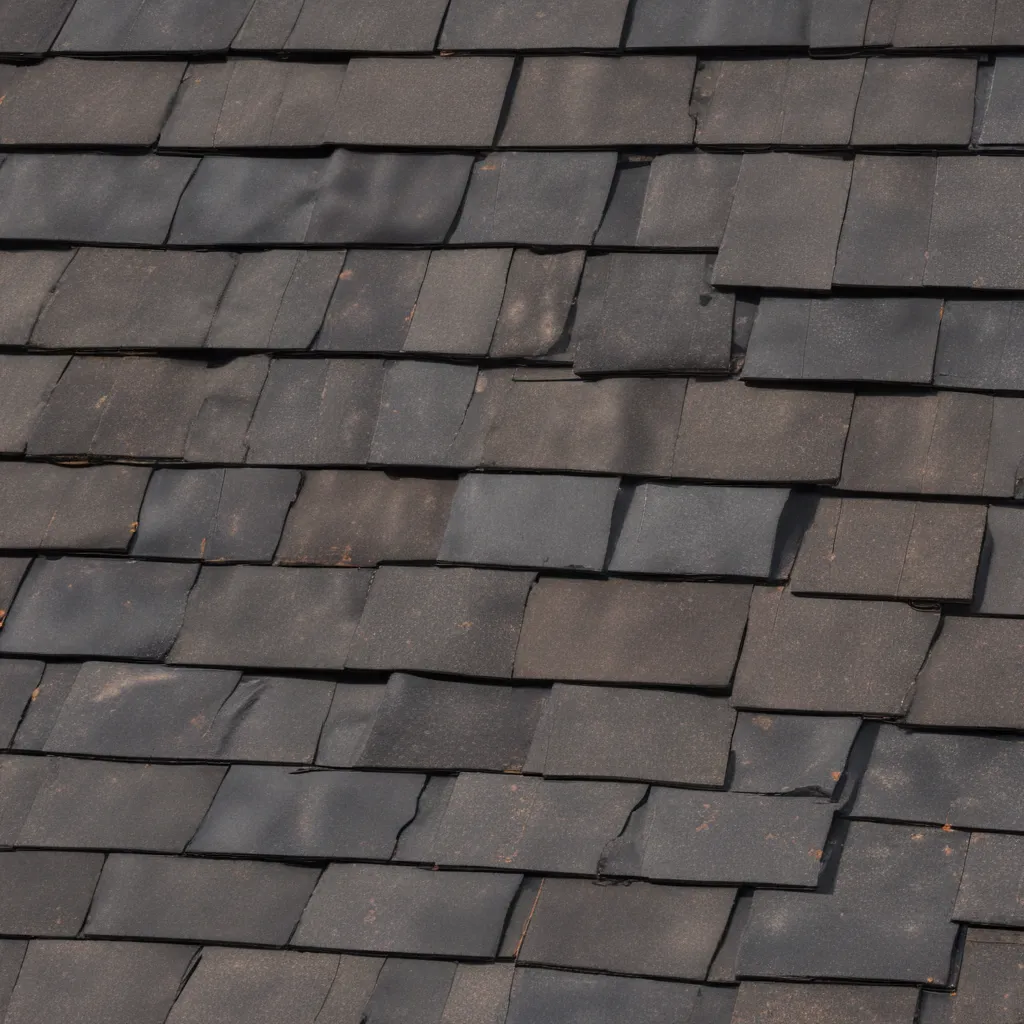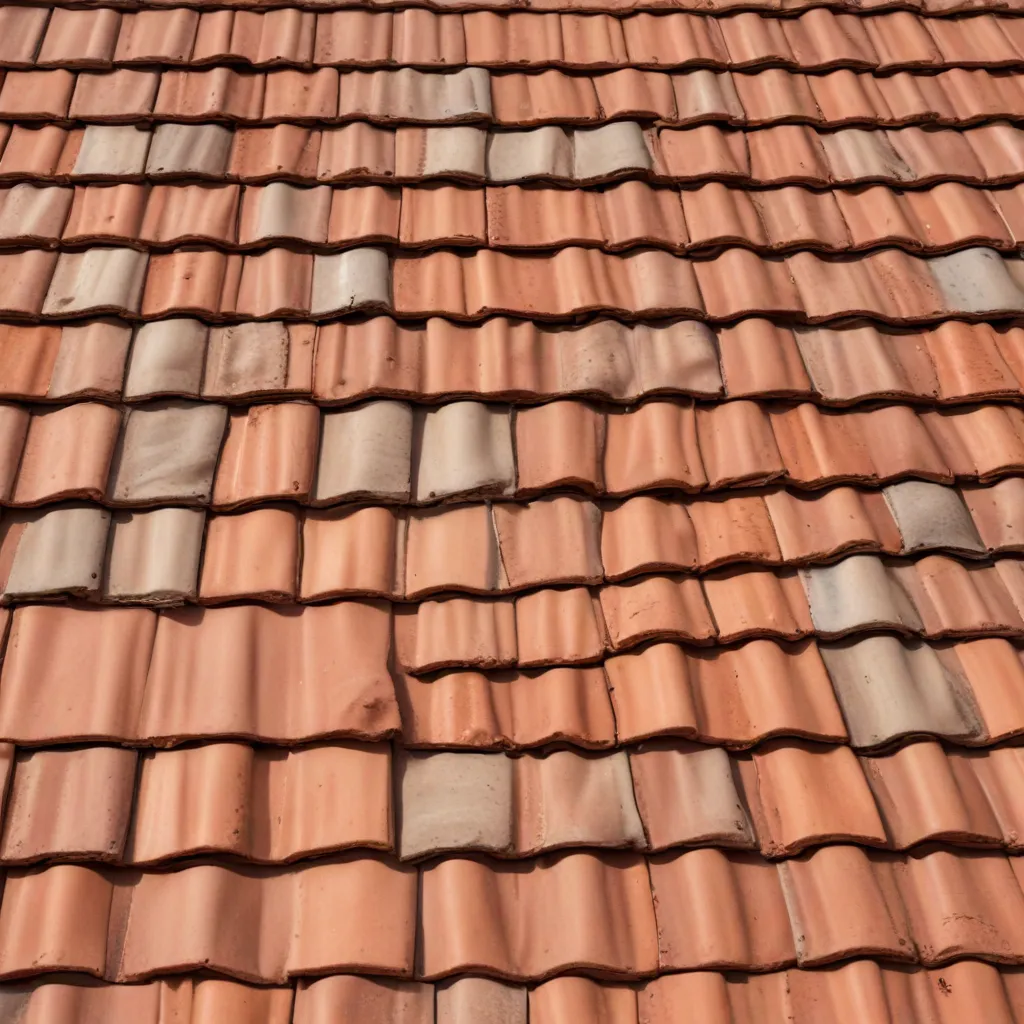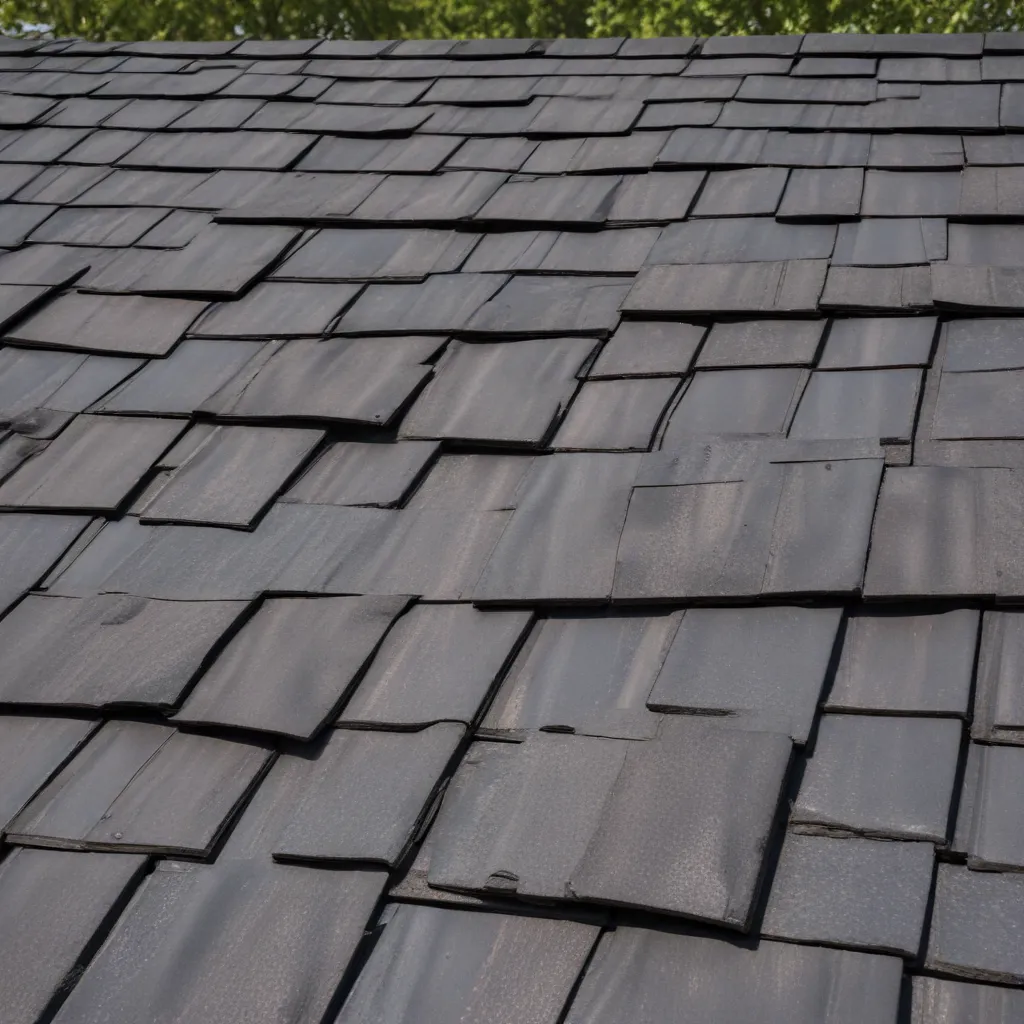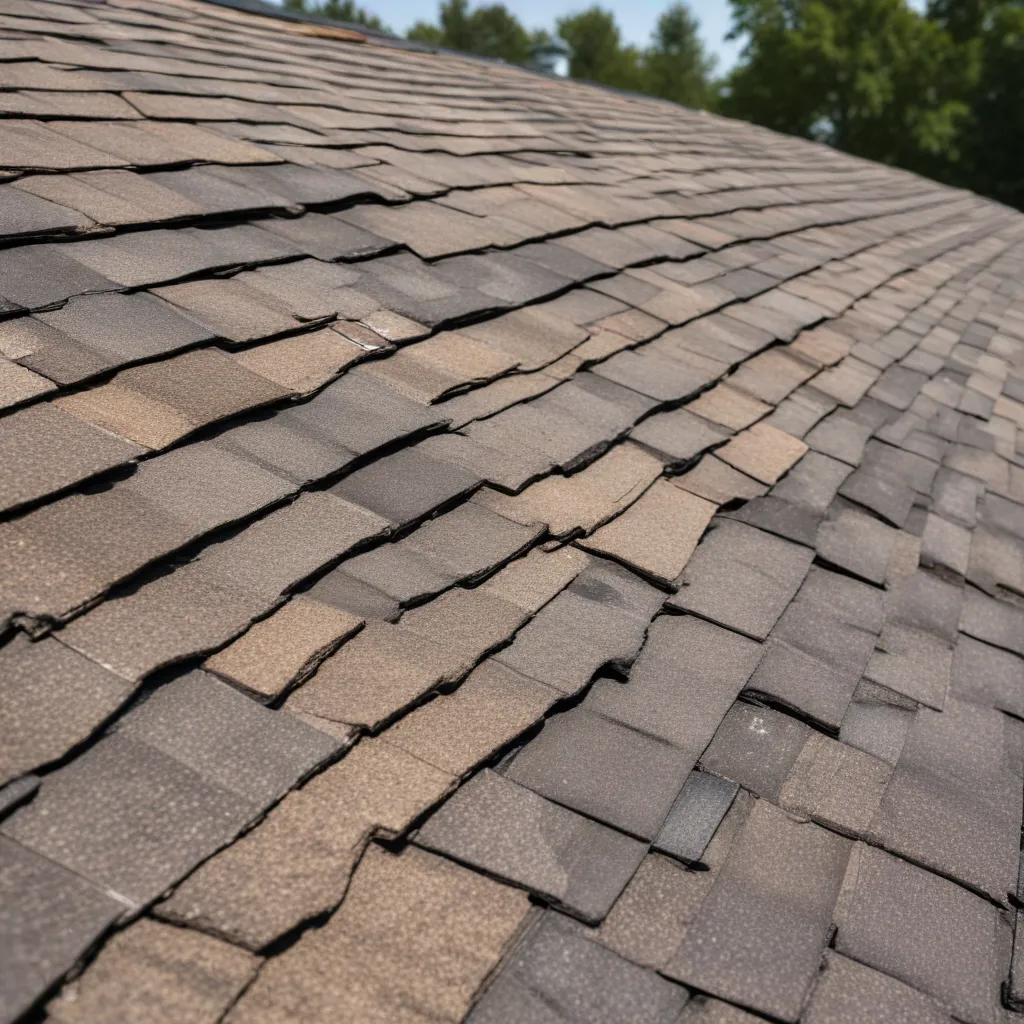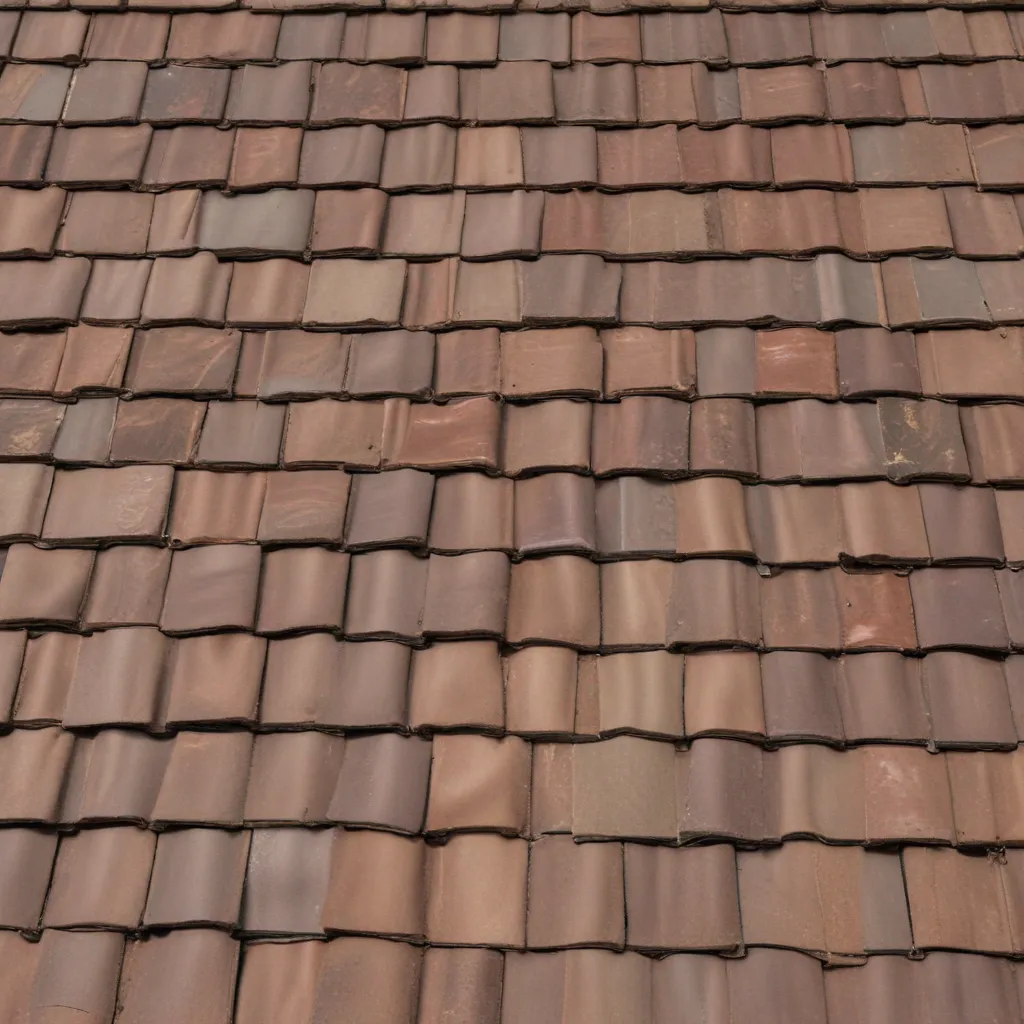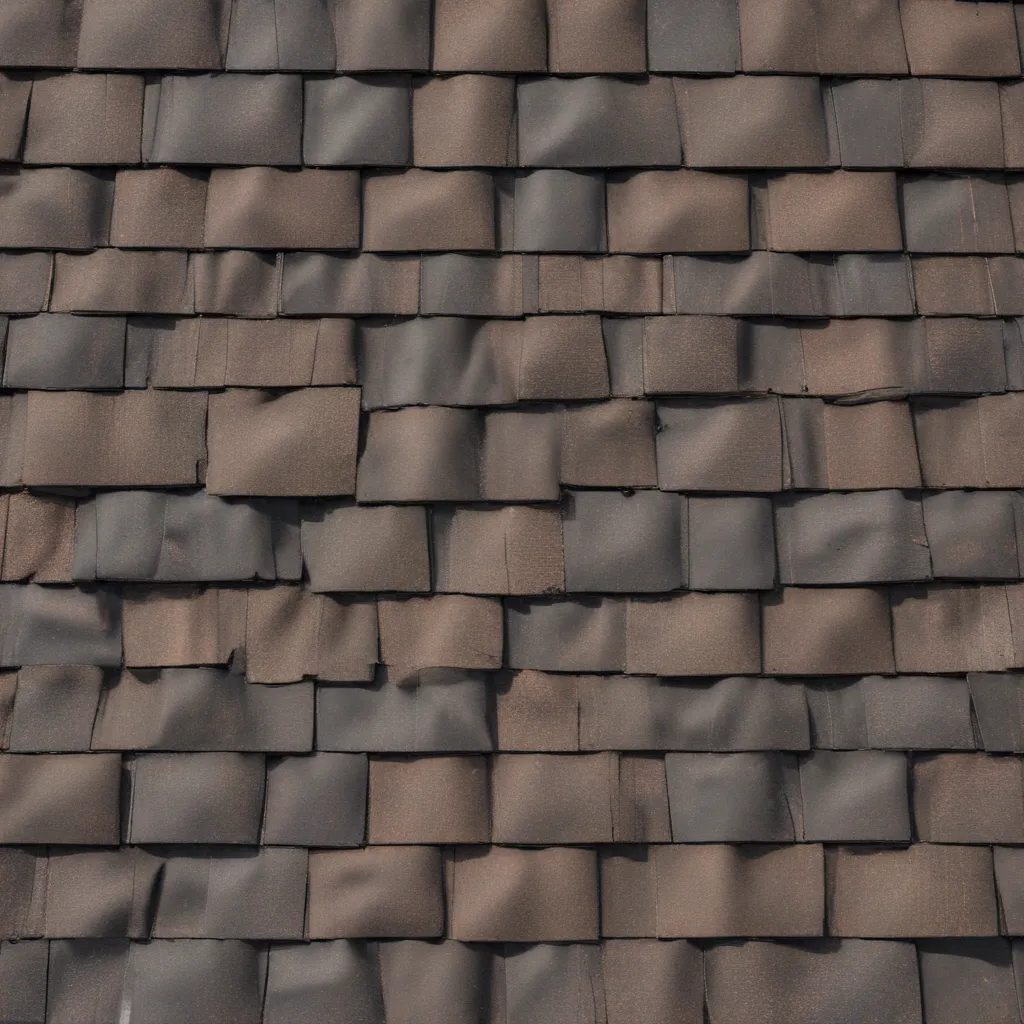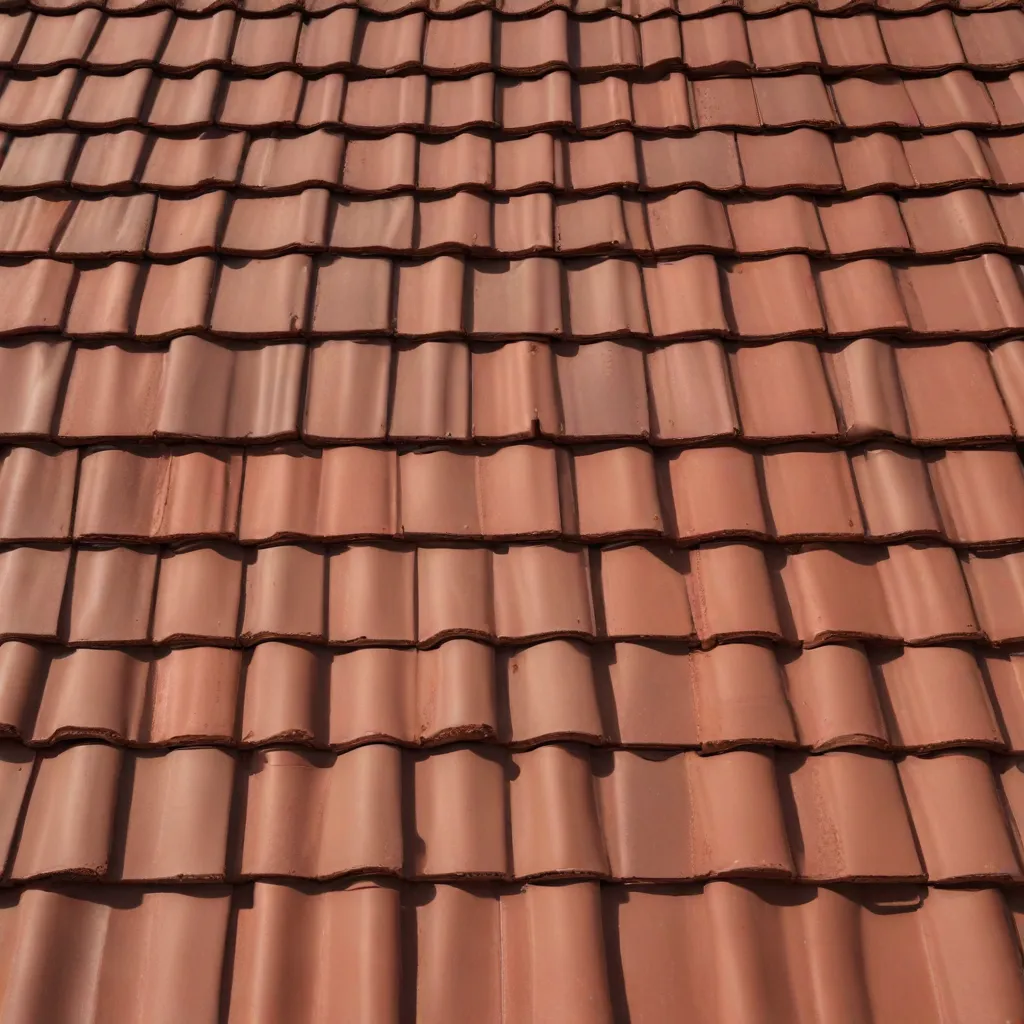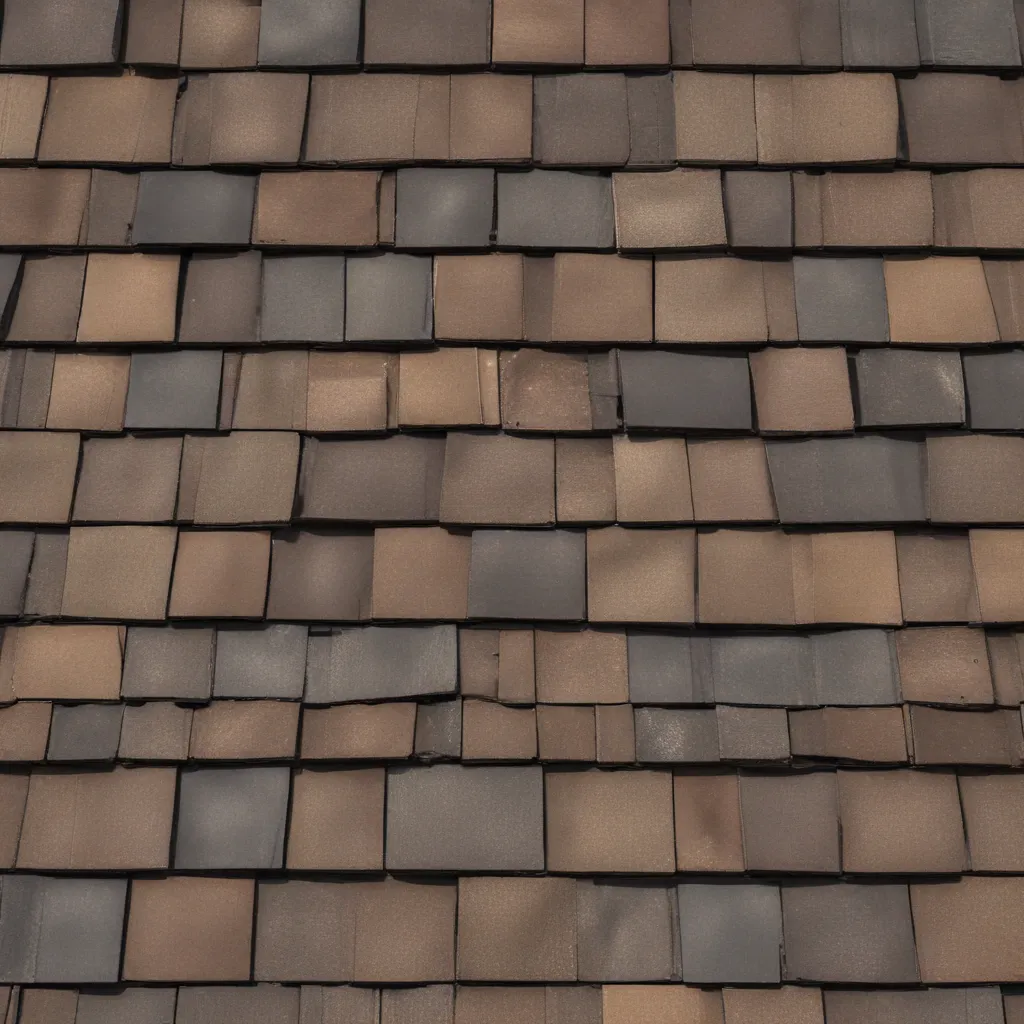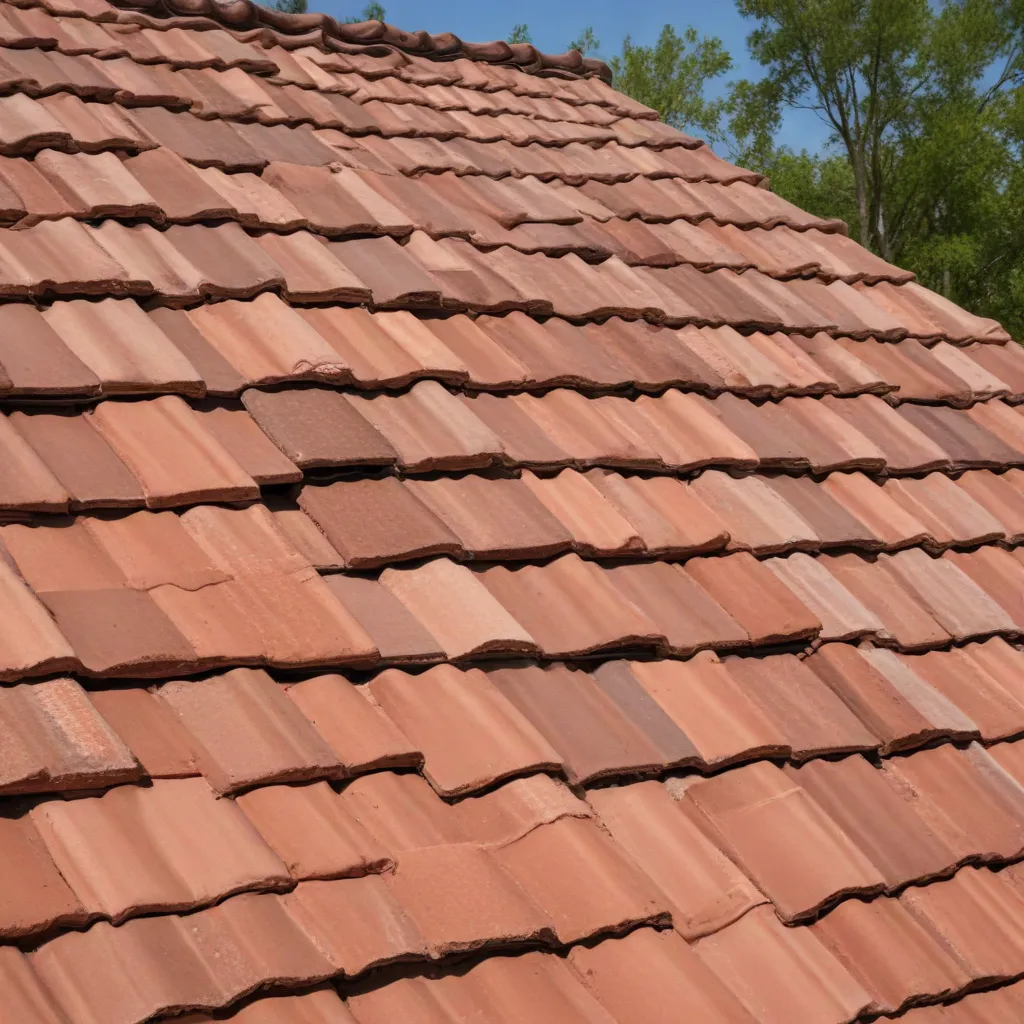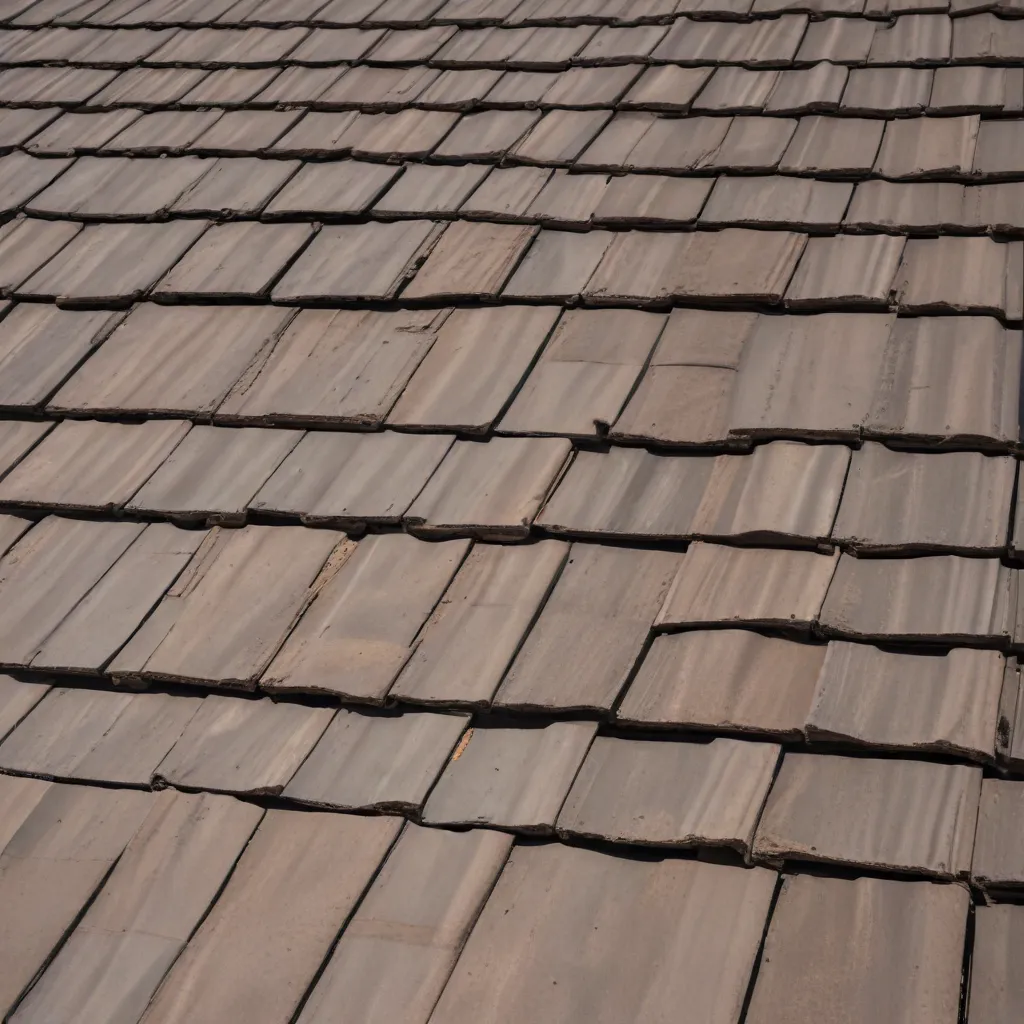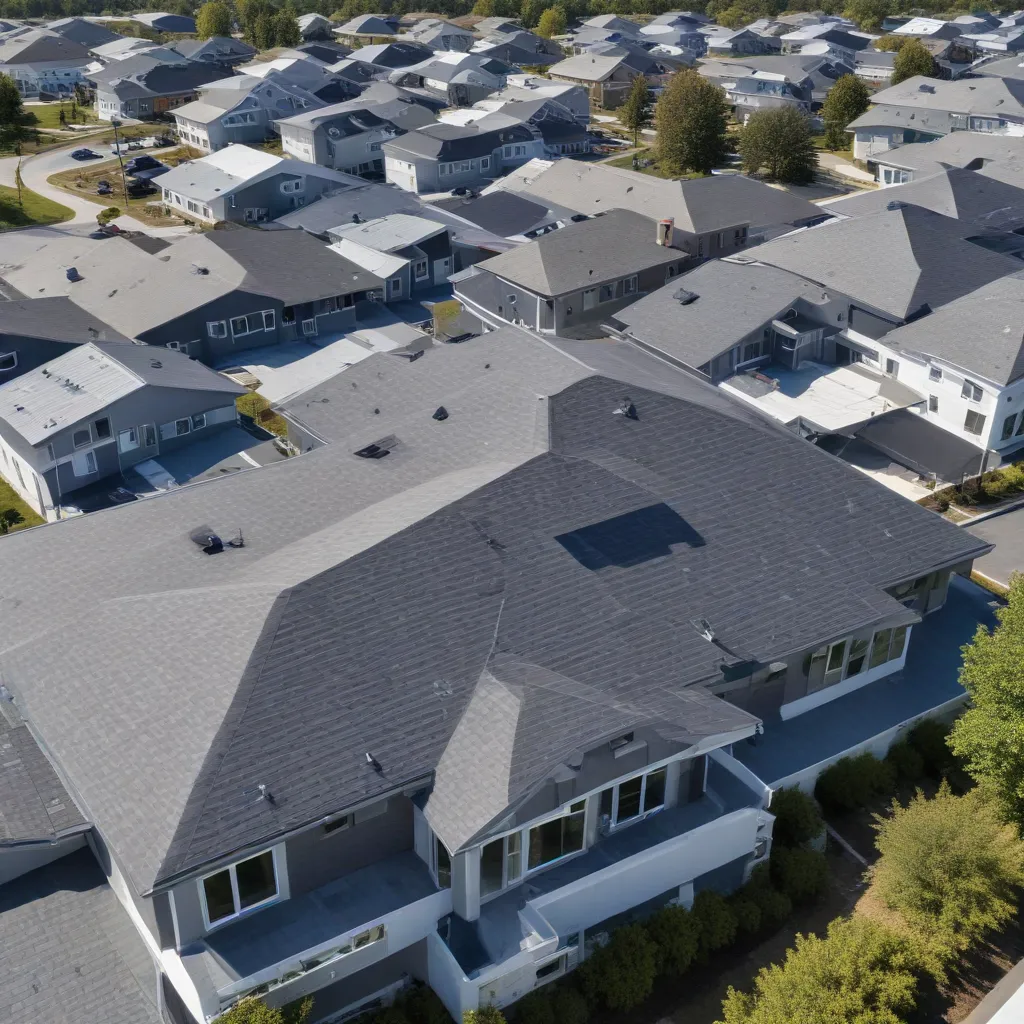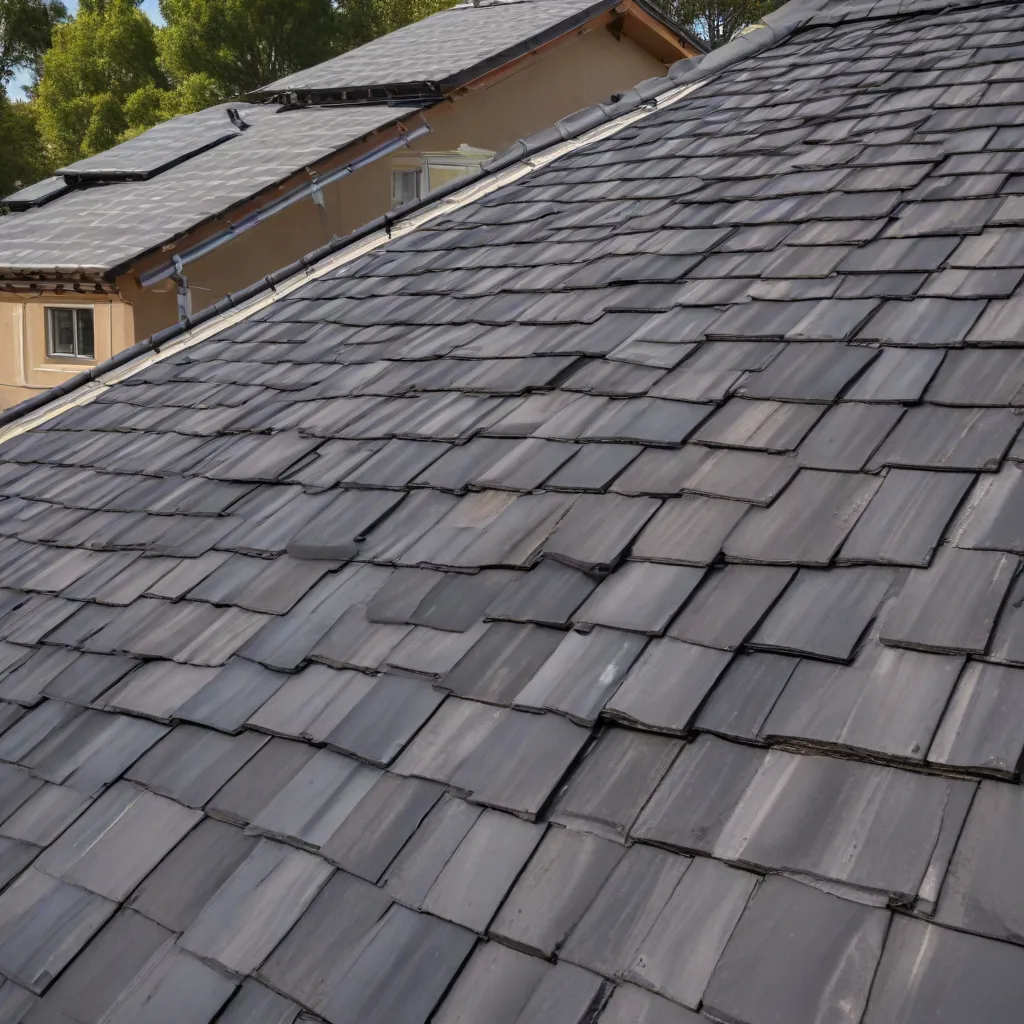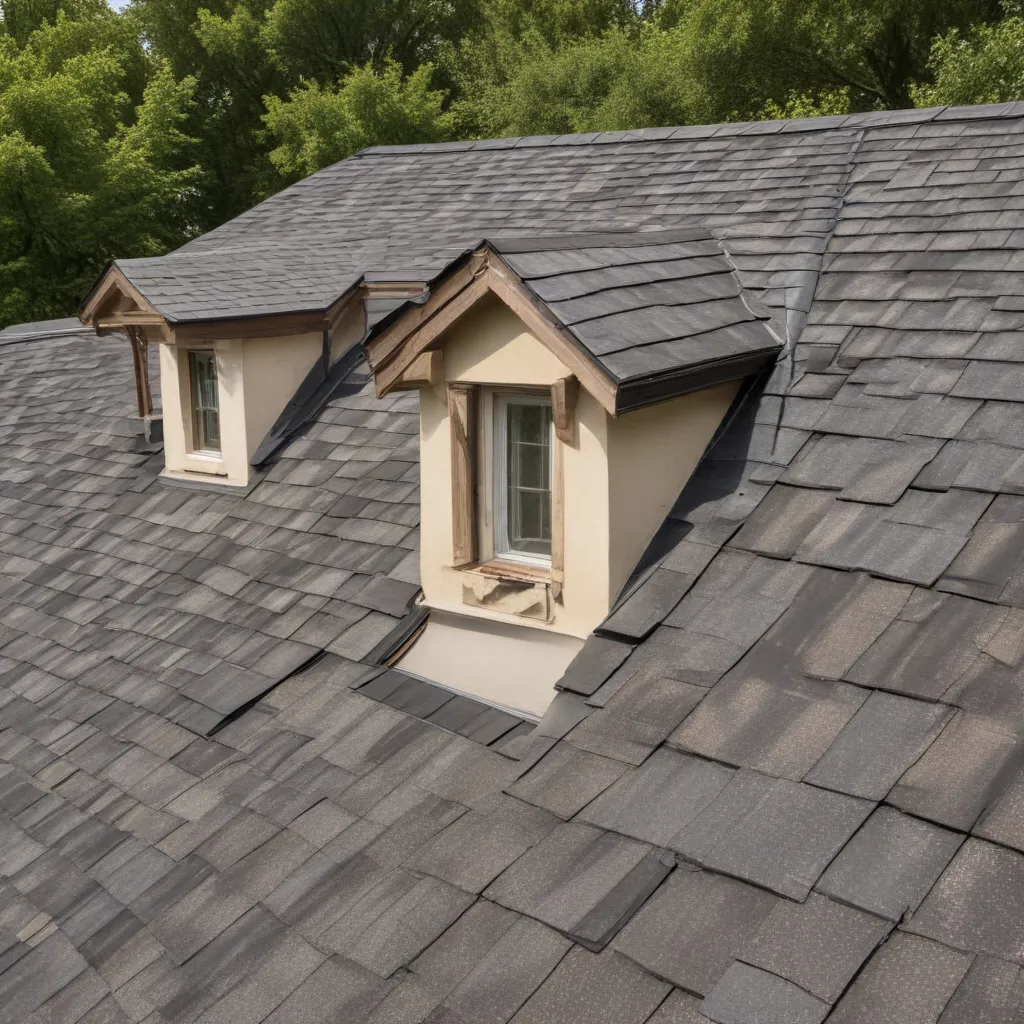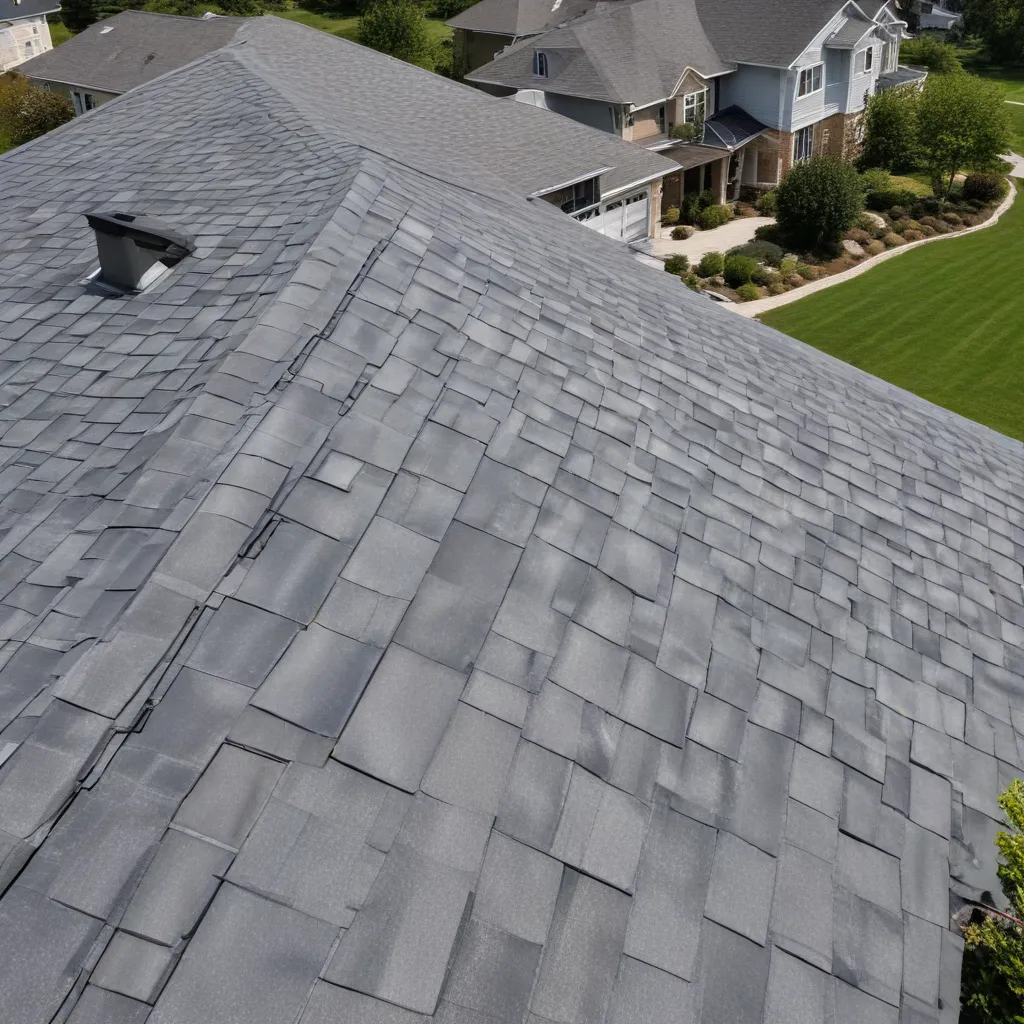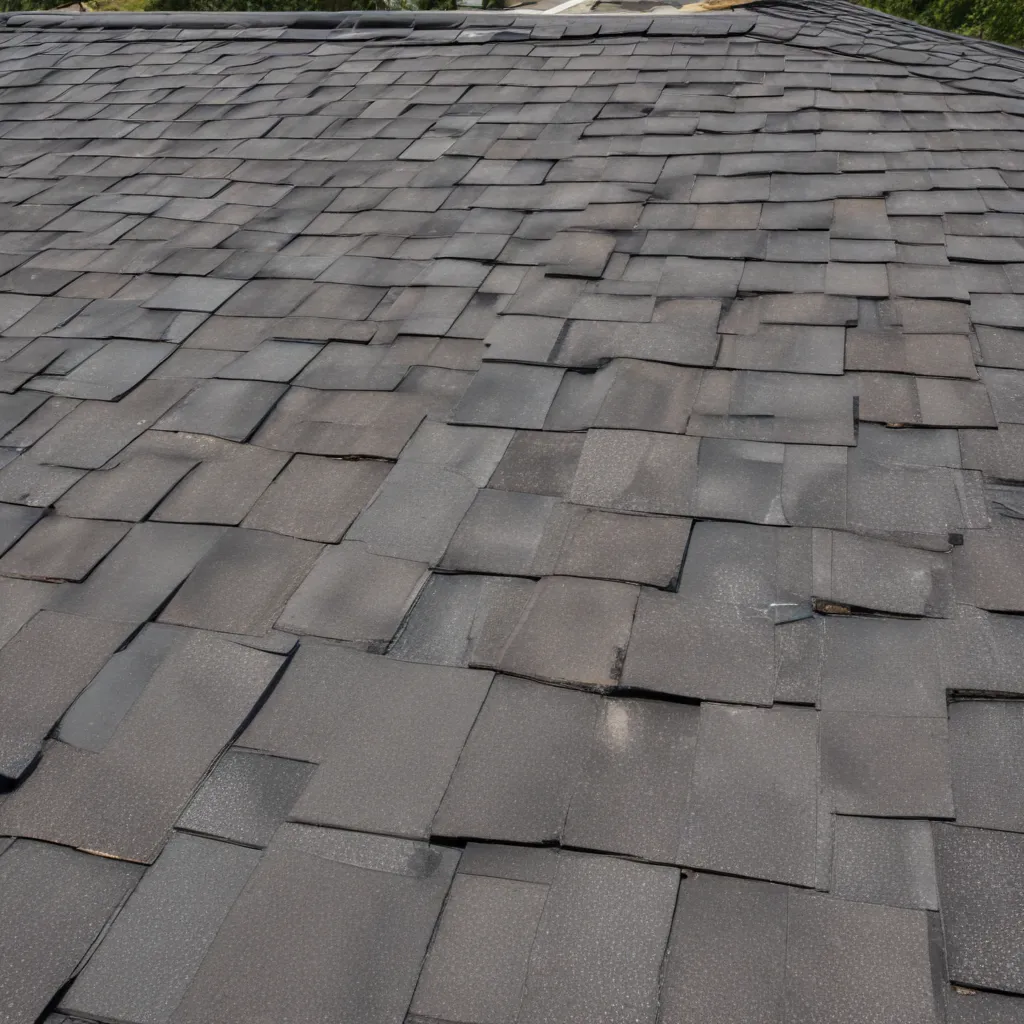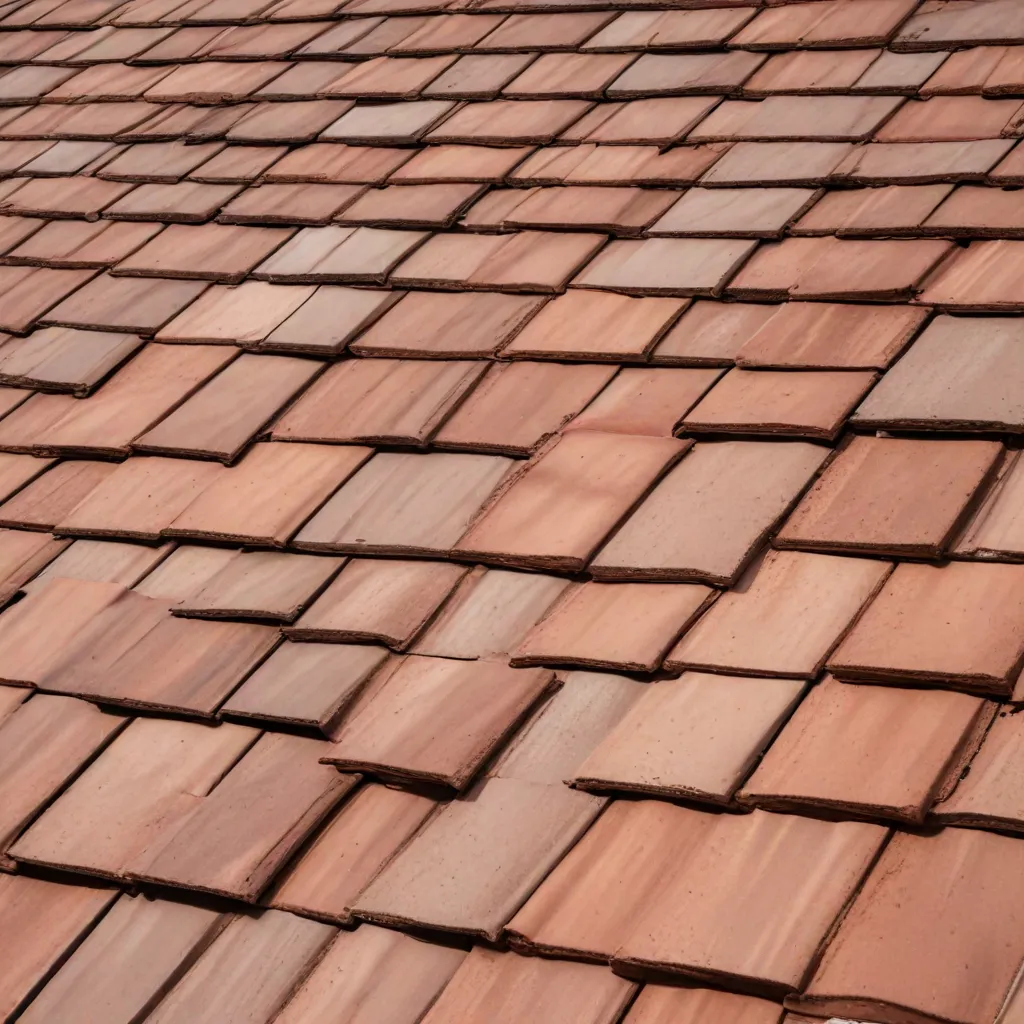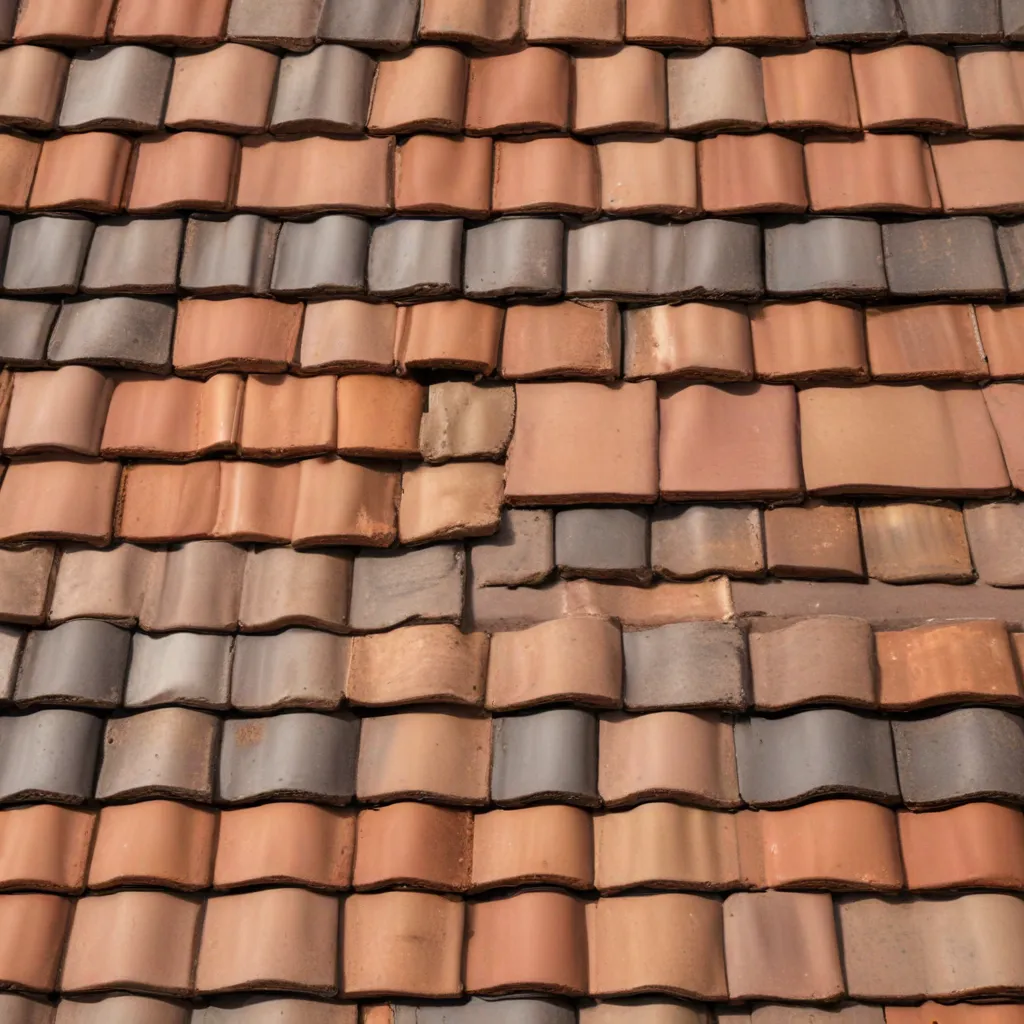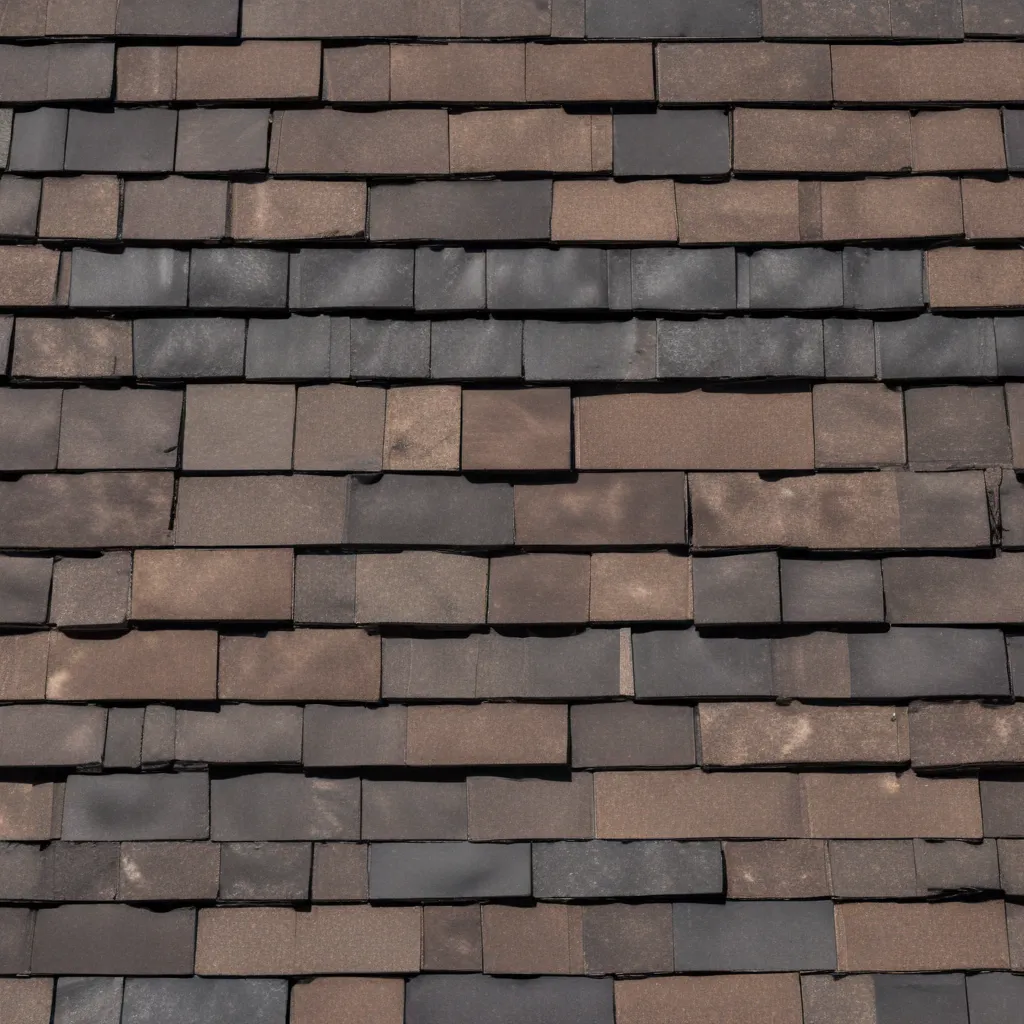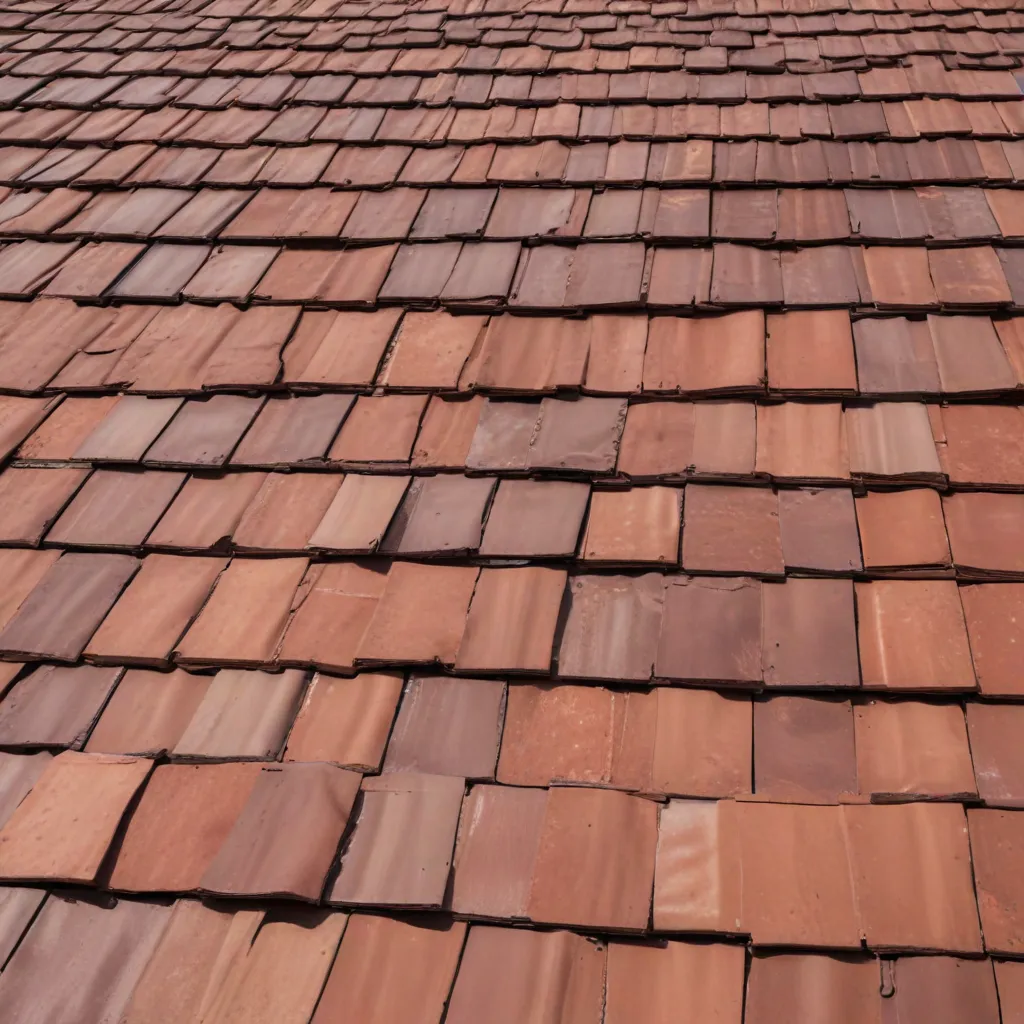Welcome to our ultimate guide on enhancing curb appeal by making a statement with the specific roof system. Your home’s exterior is the first thing people see, and having an attractive and well-designed roof can significantly improve the overall look of your property. In this guide, we will explore various aspects of roof systems, from materials and styles to maintenance and cost considerations. Whether you are building a new home or looking to upgrade your existing roof, this guide will provide you with valuable insights to help you make informed decisions.
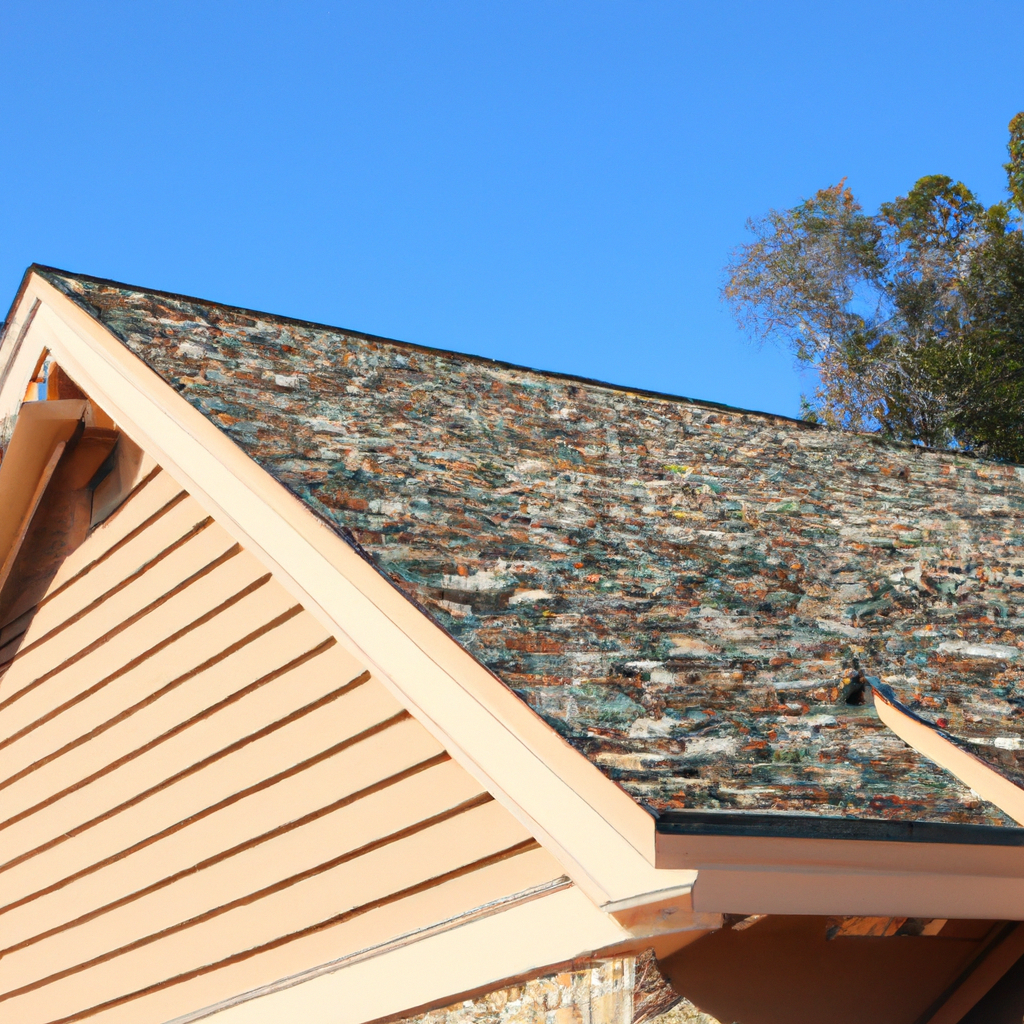
Why Curb Appeal Matters
Curb appeal plays a crucial role in creating a positive first impression of your home. A well-maintained and visually appealing exterior can increase your home’s value, attract potential buyers, and make you feel proud of your property. The roof, being one of the most visible elements, can greatly impact the overall curb appeal. By investing in a specific roof system that complements your home’s architectural style and enhances its aesthetics, you can instantly elevate its curb appeal.
Choosing the Right Roofing Material
The choice of roofing material is a significant factor in achieving the desired curb appeal. Each material has its unique characteristics, benefits, and considerations. Let’s explore some popular roofing materials:
Asphalt Shingles
Asphalt shingles are widely used due to their affordability, versatility, and ease of installation. They come in a variety of colors and styles, allowing homeowners to choose a specific roof system that matches their preferences. Asphalt shingles provide excellent protection against the elements and have a relatively long lifespan.
Metal Roofing
Metal roofing has gained popularity in recent years due to its durability, energy efficiency, and modern aesthetics. It comes in various materials such as steel, aluminum, and copper, offering a wide range of design options. Metal roofs are known for their longevity, resistance to fire and pests, and sustainability.
Clay or Concrete Tiles
Clay or concrete tiles are often associated with Mediterranean or Spanish-style architecture. They provide a distinctive and elegant look to homes, enhancing their curb appeal. These tiles are durable, energy-efficient, and resistant to fire and rot. However, they can be heavier than other roofing materials, requiring proper structural support.
Slate Roofing
Slate roofing offers a timeless and sophisticated appearance, perfect for historical or high-end homes. It is known for its exceptional durability, resistance to fire and harsh weather conditions, and low maintenance requirements. However, slate roofing can be expensive and requires professional installation due to its weight.
Choosing the right roofing material depends on factors such as your budget, climate, architectural style, and personal preferences. It is advisable to consult with roofing professionals to assess your specific needs and make an informed decision.
Architectural Styles and Roof Designs
The architectural style of your home plays a significant role in determining the ideal roof design. Different styles call for specific roof systems that complement the overall aesthetics. Let’s explore how different architectural styles can influence your roof design choices:
Colonial Style
Colonial-style homes often feature symmetrical designs with steep-pitched roofs. A popular roof design for this style is a gable roof, characterized by its triangular shape. Gable roofs provide excellent water drainage and create an appealing visual impact.
Craftsman Style
Craftsman-style homes are known for their low-pitched, gable or hipped roofs. The roof design often incorporates exposed rafters and decorative brackets, adding character to the overall look. Popular roofing materials for Craftsman-style homes include asphalt shingles and cedar shakes.
Modern/Contemporary Style
Modern or contemporary homes often feature flat or low-sloping roofs with clean lines and minimalistic designs. Flat roofs can be covered with various materials like single-ply membranes or metal panels. Green roofs are also gaining popularity in this architectural style, providing eco-friendly benefits and unique aesthetics.
Mediterranean Style
Mediterranean-style homes typically have low-pitched, clay or concrete tile roofs. The roof design often includes arches, curves, and terracotta colors, reflecting the influence of Mediterranean architecture. These roofs add a touch of elegance and warmth to the overall appearance.
Understanding the architectural style of your home will help you choose a specific roof system that enhances its overall aesthetics while maintaining its authenticity.
Maintaining Your Roof for Longevity
Proper maintenance is crucial to ensure the longevity and performance of your specific roof system. Neglecting regular maintenance can lead to issues such as leaks, damaged shingles, or structural damage. Here are some essential maintenance tips:
- Regular Inspections: Schedule annual inspections by a professional roofer to identify any signs of damage or wear. This allows for early detection and timely repairs.
- Clear Debris: Remove leaves, branches, and debris from your roof and gutters regularly. Accumulated debris can block water drainage and cause damage.
- Clean Moss and Algae: If you notice moss or algae growth on your roof, clean it using a gentle solution or hire professionals for safe removal. Moss and algae can deteriorate roofing materials over time.
- Trim Overhanging Branches: Trim tree branches that are close to or touching your roof. Falling branches or rubbing against the roof can cause damage.
- Repair Damaged Shingles: Replace any damaged or missing shingles promptly to prevent water infiltration and further deterioration.
By following these maintenance practices, you can extend the lifespan of your specific roof system and minimize the risk of costly repairs.
Cost Considerations and Return on Investment
When considering a specific roof system, it is essential to factor in the cost and potential return on investment (ROI). While high-quality materials and designs may come at a higher initial cost, they can offer long-term benefits and potential savings. Here are some cost considerations to keep in mind:
- Material Costs: Different roofing materials have varying costs. Asphalt shingles are generally more affordable, while materials like slate or metal can be pricier.
- Installation Costs: Professional installation costs should be budgeted for, as improper installation can lead to leaks and other issues.
- Energy Efficiency: Some roofing materials, like metal or reflective coatings, can improve energy efficiency and potentially lower your utility bills over time.
- Longevity: Consider the lifespan of different roofing materials. While some may require more frequent repairs or replacements, others can last for several decades.
- Home Value: Upgrading your roof with a specific system that enhances curb appeal can increase your home’s value and potentially attract higher offers from potential buyers.
It is advisable to obtain multiple quotes from reputable roofing contractors to compare costs, warranties, and the overall value offered by different specific roof systems.
Conclusion
In conclusion, enhancing curb appeal with a specific roof system is an excellent investment for any homeowner. By carefully selecting the appropriate roofing material, considering the architectural style, and maintaining the roof properly, you can create a statement-making exterior that reflects your personal style and increases your home’s value. Remember to weigh the cost considerations and potential return on investment when making your decision. With the insights provided in this ultimate guide, you are now equipped to embark on your journey to transform your home’s curb appeal with the perfect specific roof system.

